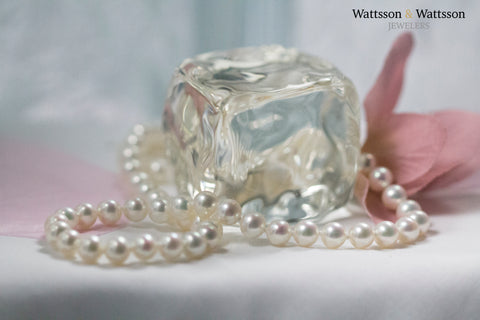Claddagh: Meaning and Origins
As we get nearer to what is considered in American culture as a prominent holiday which includes lots of green, eating and drinking, and various parades throughout the nation, Claddagh Rings and Jewelry become more and more popular. We often get asked what the Claddagh symbolizes. The Claddagh Ring is among a group of European Rings called "fede rings," which derives from the Italian "mani in fede" or "hands in faith/loyalty." "Fede rings" are made with two hands clasped, which generally symbolizes pledged vows, and because of this were often given as engagement and wedding rings in Medieval and Renaissance Europe.
The traditional Claddagh Ring is a variation on that, showing two hands holding a heart topped with a crown. The hands signify Friendship, while the heart means Love, and the crown Loyalty.
The current form of the Ring was first produced in the 17th Century in Claddagh, Ireland, situated outside the old city walls of Galway. However, the term "Claddagh" wasn't used until the 1840s. While there are many different legends about the origin of the Ring, perhaps the most likely is about Richard Joyce, a native of Galway. Captured and sold as a slave to a Moorish goldsmith while working in the West Indies, Joyce learned the craft from his Master. When William III became King he demanded the release of all British prisoners, thus Joyce was set free. During his time in captivity, he fashioned a Ring for his love in Galway, and upon his return, presented it to her and married her.























